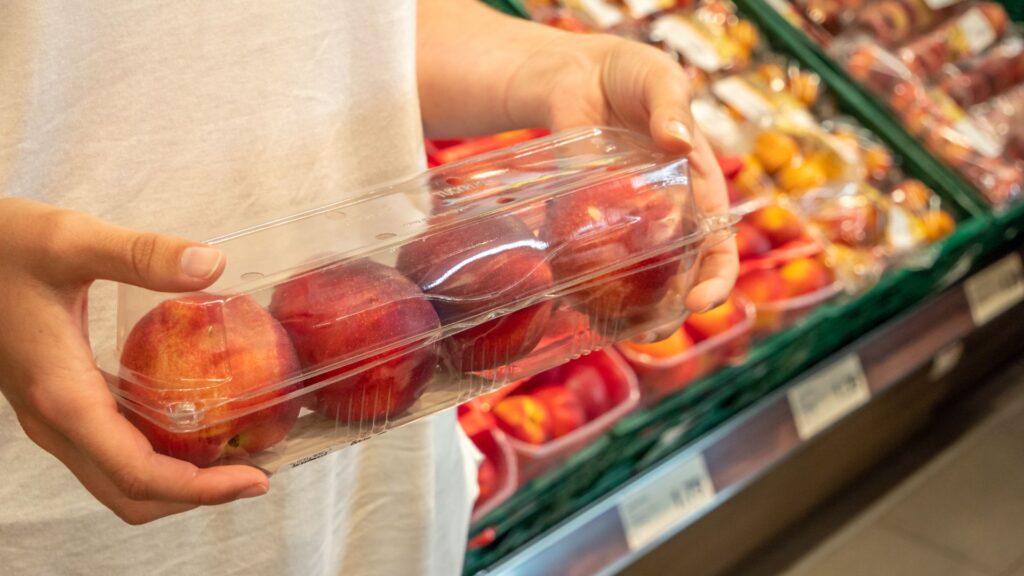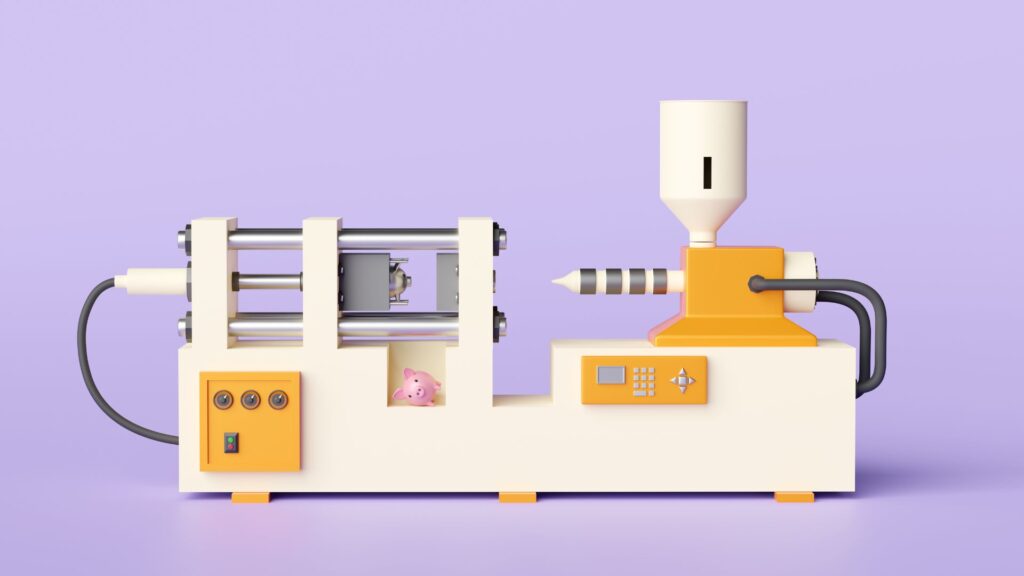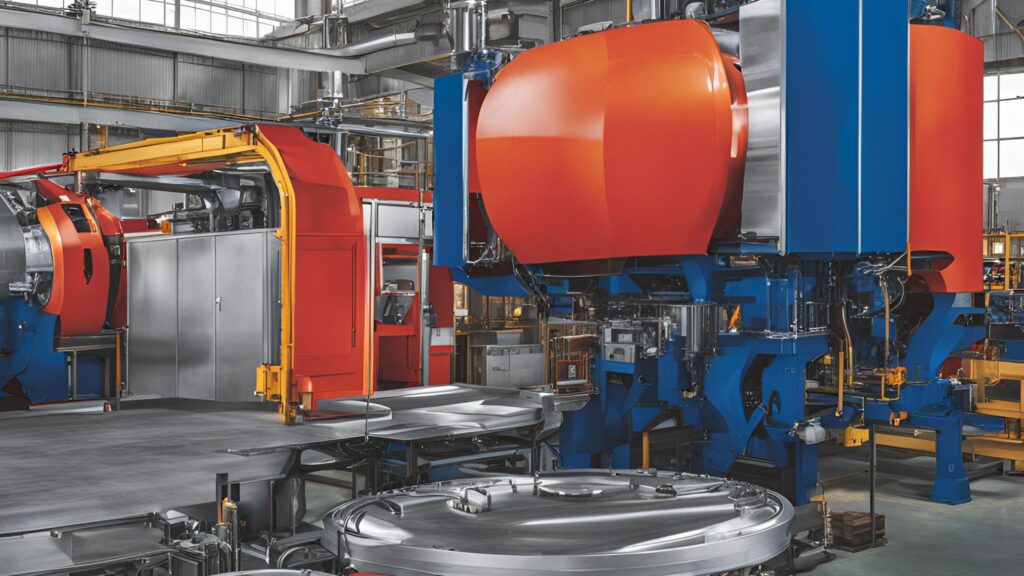Plastics improve life in innumerable ways. Our English word “plastic” comes from the Latin word plasticus and the Greek word plastikos. These mean “able to be molded or formed.” Of the countless uses for plastics, healthcare stands as especially significant. There, plastics bring greater longevity and quality of life.
For those who have suffered limb loss, the word “plastics” means more than something that is “able to be molded and formed.” To them, plastics mean holding hands with their spouse. It means playing catch with their son in the backyard. It means still getting to race in that marathon on their bucket list. Indeed, for those who have lost a limb, plastics mean much more. For them, plastics mean life.
Limb Loss
Recovery from limb loss poses a complex physical and mental journey. This process calls for human expertise and a world-class fabrication of suitable prostheses and orthotics. The versatility of plastics and polymers allows engineers, scientists, and inventors to rapidly design, test, and experiment with raw materials to develop prostheses that return mobility and motor function, improving the quality of life for amputees around the world.
And what exactly does this have to do with plastics? Everything. None of today’s modern prosthetic advancements would be possible without the use of plastics.
Plastics for “Living Lightly”
Plastics: Change is the Constant
In case you missed them, make sure to read parts 1 & 2 of this series:
Part 1: The Plastics Transformation
Part 2: Shifting Winds: Plastics Face Big Changes
Plastics Make It Possible
Plastics comprise the most commonly used material for “active prostheses.” Polymers have the unique ability to mimic characteristics of human body parts, such as energy return, flex, and strength. Science revolutionized prostheses via the development of plastic materials. These help make protheses lighter, stronger, more flexible, and more able to mimic the function of a natural limb.
Today’s devices are also more functional, durable, and comfortable because they utilize plastic, aluminum, and composite materials. Such materials allow for patient-molded and individually fitted prostheses. Moreover, with the advent of microprocessors, computer chips, and robotics, prostheses transcend barriers, providing basic functionality. They help return amputees to their previous accustomed lifestyles.
A Future Shaped By Plastics
Nerve pain poses a huge problem to amputees in their journey towards recovery. The nerves in an amputee’s residual limb continue to grow and send motor signals to their missing arm or leg. But with no muscle to grow into, or innervate, they gnarl into a tangled mess called a neuroma. And neuromas often cause pain, even severe pain, for the amputee.
The Miracle of RPNI
Physicians in Michigan came up with the idea of putting small pieces of muscle on the end of the nerves. That way, the nerve would grow back into that muscle and re-innervate it. From there, surgeons could then use that muscle as an interface to control the prosthesis. They called it a “regenerative peripheral nerve interface,” or RPNI.
Originally, their plan was to coat the small pieces of muscle with an organic electro-conductive polymer. Then they would attach them to a nerve responsible for a motor function. Now, let’s say, an amputee thinks about moving his or her thumb. The muscle at the end of the nerve that controls thumb movement would fire a signal. Polymers would pick up that signal and convert it to an electronic signal. The signal will wirelessly control a motor to move the thumb on the prosthesis.tic
“Enormous Impact” of Plastics
Dr. Paul Cederna, professor of plastics and biomedical engineering at the University of Michigan, performed the procedure. He underscored the significance of such a medical breakthrough.
He said, “The more [your prosthetic limb] moves realistically and the more sensation it provides, the more it will be incorporated into your body image. The more it’s incorporated into your body image, the more likelihood you start using it like a natural limb. To make gestures or to hold your child’s hand. To play the piano or type at a keyboard… I see the patients, and I know what they’re going through. And I know what we’re doing has an enormous impact.”
The Future Beckons



